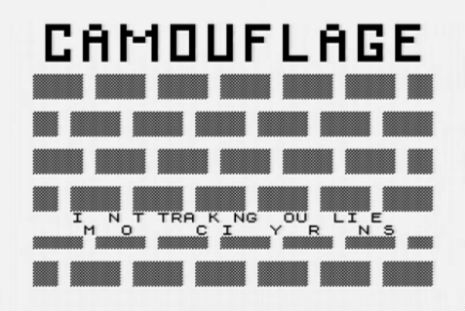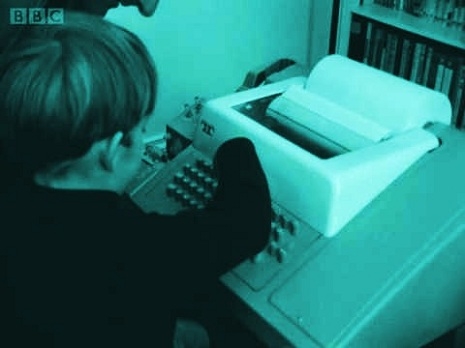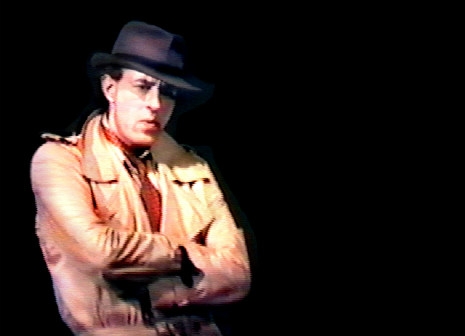
In 1981, the idea of something like the Internet and its physical conduit, the personal computer, becoming deeply intertwined with our work and lives, still seemed like something out of a science-fiction novel. Granted, home computers were already in existence back in this time, but only for a small demographic that was mainly consumers with a healthy-sized wallet and a technology-inclined brain to match. There had been a number of sci-fi works, both films and prose that did include plot lines involving a world tied to computers, but none of these could quite touch the futuristic noir/stage musical, The Kid from Silicon Gulch
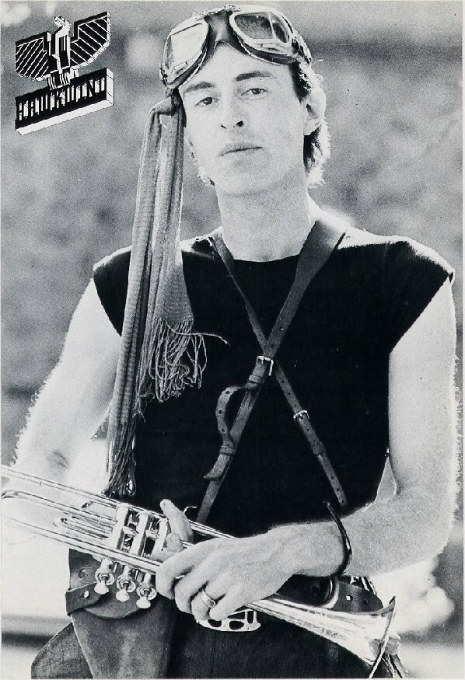
The Kid from Silicon Gulch starred Robert Calvert, who also pulled in triple duty as both the main writer and co-director. Calvert was best-known for being the band poet and occasional lead singer for the space rock sonic phenom Hawkwind, throughout most of the 1970’s. Calvert, while often considered to be the “mad” one of the band, was also an incredibly forward thinking artist and writer, with all of those attributes shining brightly in Kid.
The musical stars Calvert as Brad Sparks, the sole private dick, not counting his personal computer assistant, ZYTE B128, at the “Non-Stop Computerized Detective Agency” in an unnamed time in the future. It’s an electro-noir universe with appropriately pulp-novel worthy lines and an eerie nod to the future partially turned into our present. Just look at Calvert’s intro from the original script;
“This is my beat. The heat drenched empty sidewalks and all the millions of lonely electronic hotel rooms and cybernetic apartments. No one goes out any more. They all stay in their rooms pressing their buttons, staring at their terminals. I call it The Gulch. Silicon Gulch.”
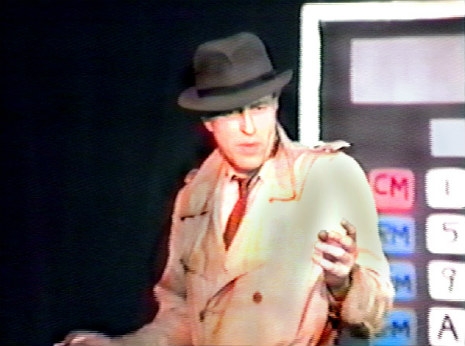
Sparks’ world soon is rattled by the arrival of one Baroness Spencer, whom Brad refers to as “Countess.” Blonde, gorgeous, pixie-built but with a big-regal swagger, the Countess (Jill Riches) has come to Detective Sparks to help investigate the death of her husband, Hymy. The police are calling it an accident but the Countess feels like it is murder, with the accusation being that the suspect is not “whom” but “what.” The what in question being Hymy’s own “micro-computer.” Given the mention a little bit later on in the play when Sparks’ is interviewing Hymy’s “micro-computer,” the latter states that everything it says is done in a merely imitative manner. In short, there’s a potential hacker running around the Gulch, manipulating machines to execute the criminal biddings of man…. or woman.
The death numbers start to add up as Sparks peels the layers of this case in an onion-like manner, uncovering some clever twists and great songs along the way. As someone who usually gets a little nervous with the phrase “stage musical,” thanks to a theater geek past that entailed seeing all strains of deep cheese of the Oklahoma variety, the music in The Kid from Silicon Gulch is refreshingly modern and flat out good. Some of the songs, especially “Silicon Neurotic Blues,” “Day Called X” and “On the Case” (which was later covered by Calvert’s former bandmate, Hawkwind backbone and founder, Dave Brock, whose guitar work also appeared on some of the music used in the show) sound borderline No Wave. Calvert’s ability to frame his lyrics perfectly with an assortment of melodies, a skill that served him so well both in Hawkwind and in his solo career, is bar none. Sadly, the soundtrack for Kid from Silicon Gulch were never officially recorded, but thanks to both the video recording efforts from Sandy Cameron and James Heyarth, as well as Calvert’s son, Nicholas, who uploaded the taped segments online, we can enjoy this show on YouTube.
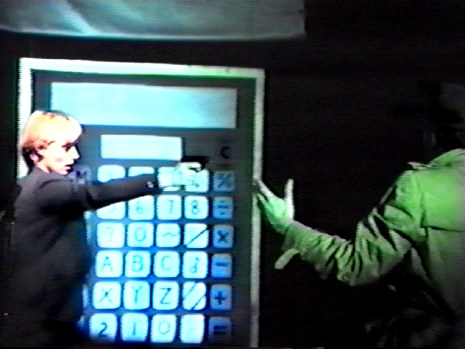
The cast, while as minimal as the sets, are great fun. Riches, who also has illustrated a number of book covers, including work for another Hawkwind wordsmith, Michael Moorcock, is appropriately cool and slightly dangerous here as the Countess. (Riches would soon change her name to Jill Calvert, after becoming Robert’s third and last wife.) Peter Pavli is likable as the bumbling Sgt. Karelli. Another cohort of Calvert’s, Pavli also pulled multi-tasking duties here, since he helped create a lot of the music used throughout Kid.
Of course, the real star here is Calvert himself. Physically, with his tall build, strong profile and requisite trench coat and fedora, he could not be a better fit for the hard boiled and hardworking Detective Sparks. While it will shock no one who is familiar with Hawkwind or his solo work that he handles all of the singing duties with sheer deftness, it should be noted that he is equally good with all of the attached stage acting duties. Prior to his transition into the space/punk rock poet “urban guerrilla” laureate, Calvert worked in the theatre, even founding his own street troupe entitled Street Dada Nihilismus in the late 60’s. So his multi-creative backgrounds served him very well here. One has to wonder if the creators of the UK sci-fi television show, Red Dwarf, got to attend any of the performances of The Kid. Sparks’ interaction with the assorted computers, especially his own, is reminiscent of Dwarf’s main computer network, Holly. Given that Red Dwarf started in 1988, a few short years after Kid from Silicon Gulch debuted, it is a possibility. (1988 is also the same year that Calvert passed away from a heart attack.)
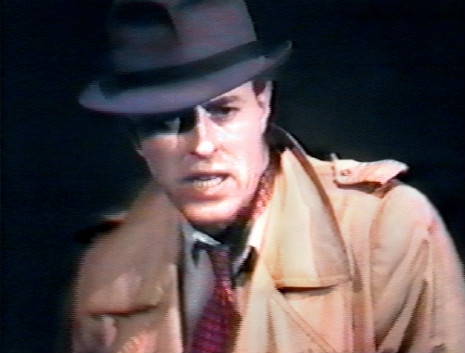
Considering how many artistic bowling pins Robert Calvert could efficiently juggle, it’s a crime that he remains but a cult figure. Given how many bloated rock-egos surpassed him on the fame game, as well as the critical write-up level, the time is well nigh for Calvert’s work, both in terms of music, writing and overall performance, to get a proper hero’s welcome-style re-evaluation. The Kid from Silicon Gulch is just the tip of the iceberg of the blazing light that is the genius of Robert Calvert












